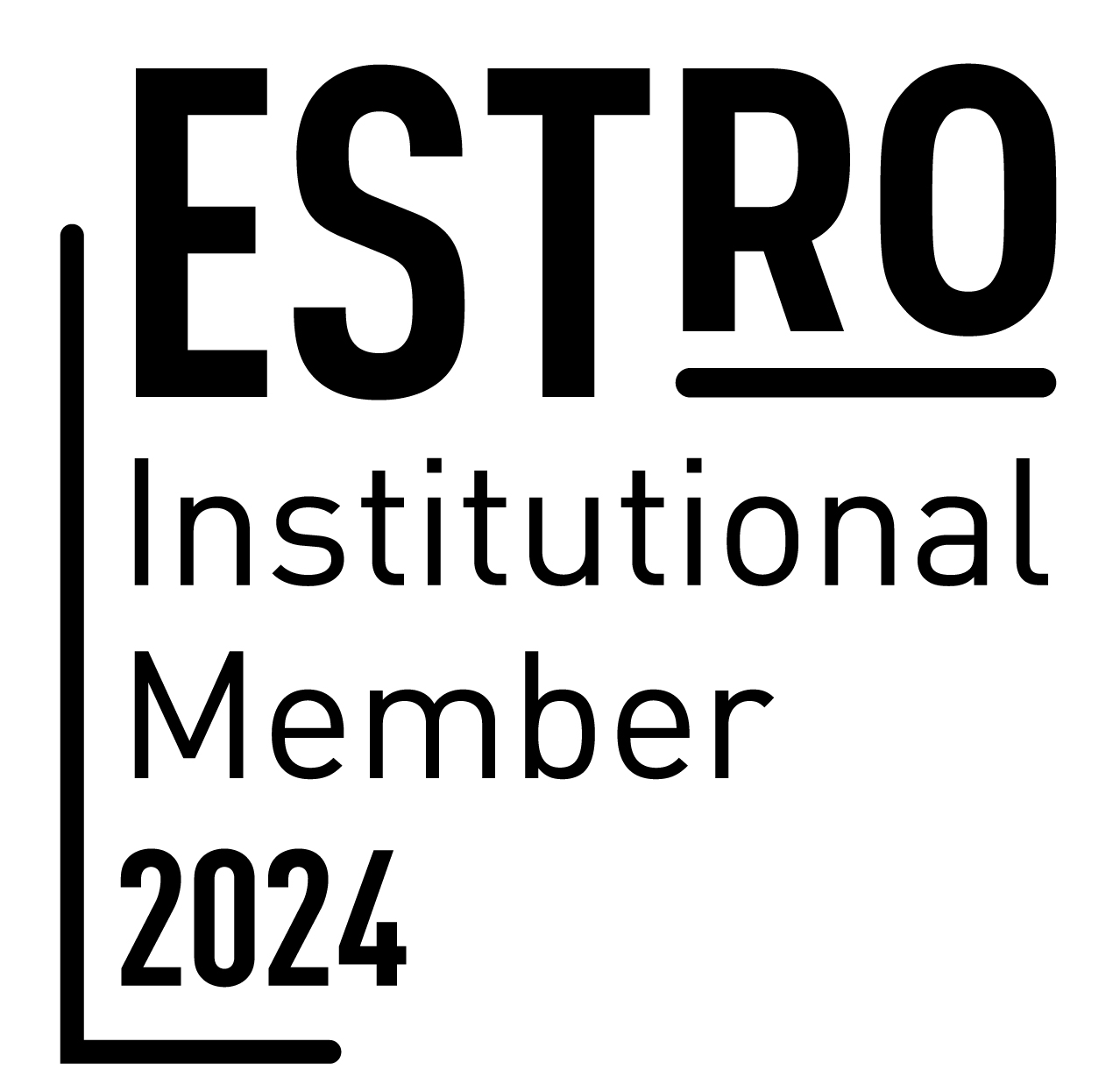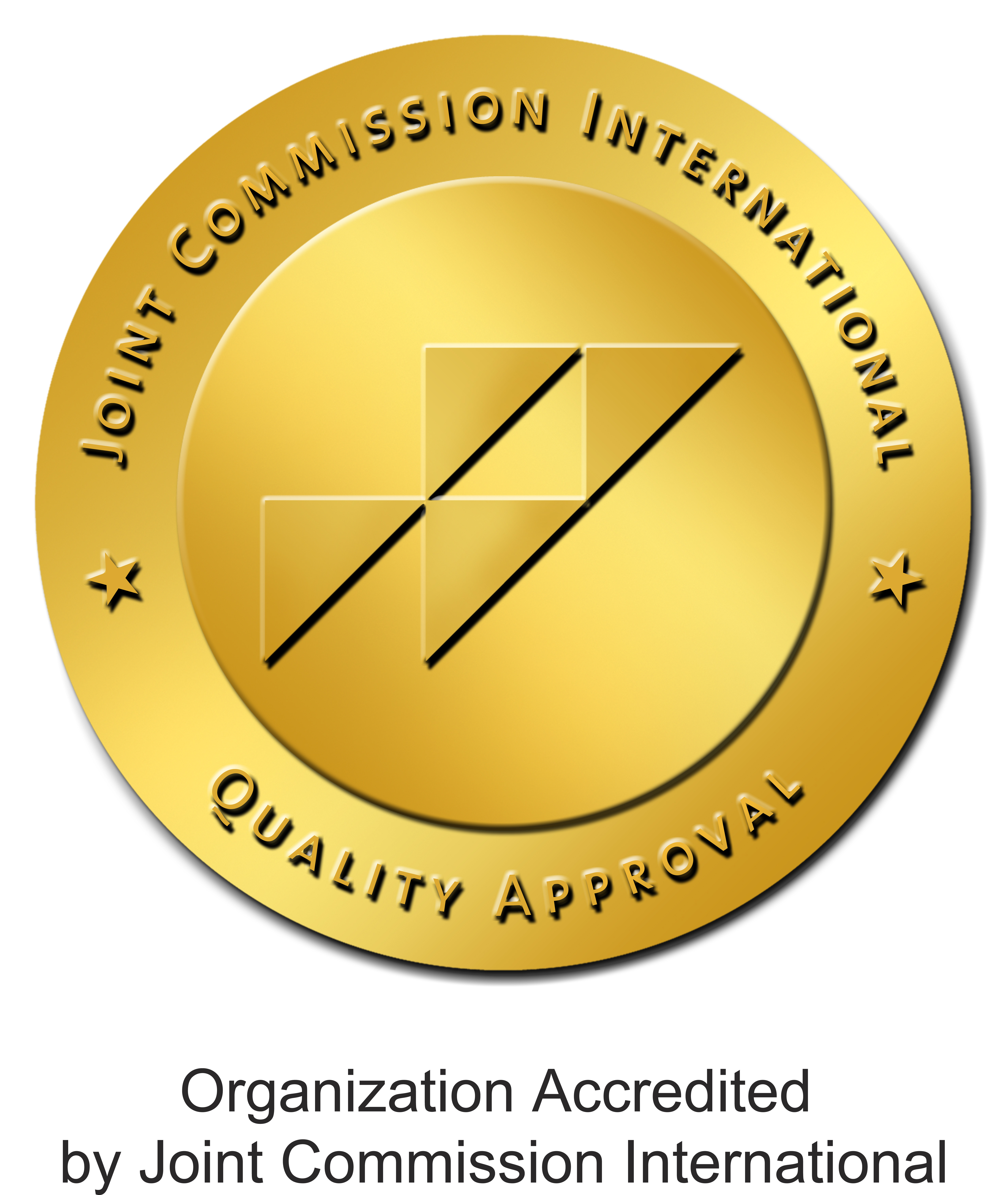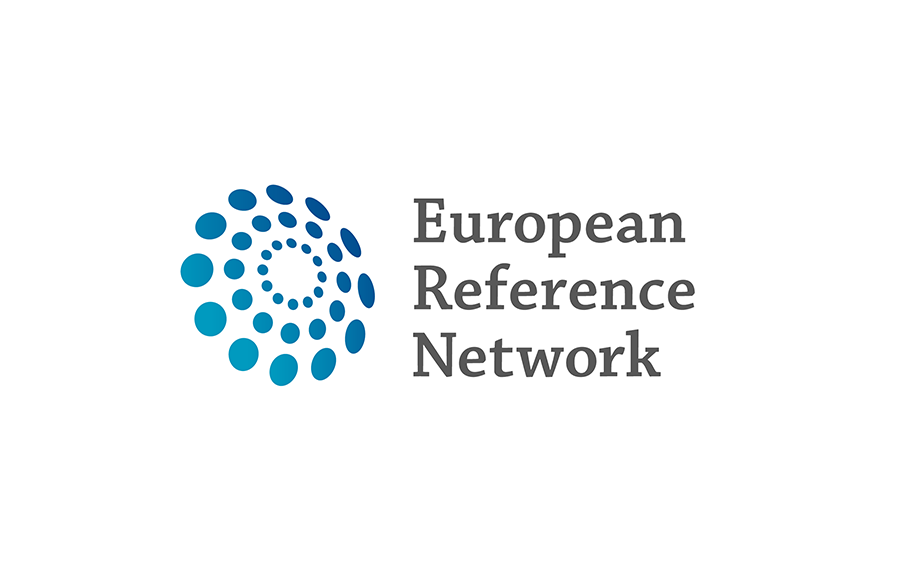Pathologies that can be potentially treated with hadrontherapy
Craniopharyngiomas and pituitary macroadenomas
Want to submit your case? Click HERE
Craniopharyngiomas and pituitary macroadenomas are neoplasms of the central nervous system. Both of them are benign and relatively rare tumours that develop in the hypothalamic-pituitary region.
Craniopharyngiomas
Craniopharyngiomas are pituitary tumours that originate in the sellar and para sellar region of the central nervous system. This type of neoplasms is thought to arise from epithelial remnants of the craniopharyngeal duct or Rathke's pouch or from metaplasia of squamous epithelial cell rests that are remnants of parts of the stomadeum. Although they are slow growing tumours, their nature may be cystic and may reach a considerable size.
Pituitary adenomas
Pituitary adenomas are pituitary tumours that originate from adenohypophyseal cells. This type of tumours is divided into functioning tumours (those that secrete hormones and cause a clinical hormonal hyperfunction syndrome), and non-functioning tumours (those that do not secrete hormones). Additionally, pituitary adenomas are divided by size into:
- Microadenoma (smaller than 1 centimetre in size)
- Macroadenoma (larger than 1 centimetre in size)
Although pituitary adenomas are rare tumours, recent studies have shown that they may be more common than was once thought. In fact, a small pituitary adenoma has been detected in about 10% of the patients who underwent brain radiographic exams for other pathologies. This information stresses the fact that this neoplasm can be much more common neoplasm than what was noted, since it grows so slowly that it may be asymptomatic for quite a long period of time.
Craniopharyngiomas and pituitary macroadenomas must be strictly differentiated from other tumour masses that may develop in the skull region, such as meningiomas, chordomas and carcinomas. Most pituitary tumours are adenomas.
Causes of craniopharyngiomas and pituitary macroadenomas
As previously explained, craniopharyngiomas could originate from rests of epithelial cells.
Although cases of inherited forms are known, the causes of pituitary macroadenomas as well as all pituitary adenomas have not been identified yet.
Symptoms of craniopharyngiomas and pituitary macroadenomas
Possible symptoms of craniopharyngiomas:
- Headaches
- Nausea
- Vomiting
- Visual impairment
- Intracranial hypertension
Craniopharyngiomas in children can cause:
- Hydrocephalus
- Growth retardation
- Endocrine disorders
- Obesity
Possible symptoms of pituitary adenomas:
- Headaches
- Visual field alterations
- Menstrual irregularities
- Decreased libido
- Alterations in body composition
- Osteopenia
- Osteoporosis
Particularly in Pituitary macroadenomas there may be:
- Reduced peripheral vision
- Diplopia
- Gaze palsy
Diagnosis of craniopharyngiomas and pituitary macroadenomas
In case of suspected pituitary tumour, be it a craniopharyngioma or a pituitary adenoma, a careful medical visit is required to define a correct patient's medical history.
Subsequently, an evaluation of hormone levels should follow- blood sampling and urinalysis, and, if needed, tests that involve taking samples after certain drugs are administered.
If the symptoms suggest that the optic nerve is being compressed, an examination aimed at evaluating sight and visual field evaluation should follow.
Finally, the specialist can ask for a series of neuroradiology tests such as:
- Computed tomography (CT)
- Nuclear magnetic resonance (NMR)
Endocrinological evaluation is also required in children.
Treatment of craniopharyngiomas and pituitary macroadenomas
In order to define the correct way to treat these pituitary neoplasms, the nature of the tumour mass as well as its size, location and probable hormone secretion should be assessed (and, if necessary, the type of hormone produced too).
In most cases, surgery is the first treatment of choice, although this may be particularly difficult if the tumour is adhered to adjacent structures.
Radiotherapy is required after surgery, especially in partial resection cases.













